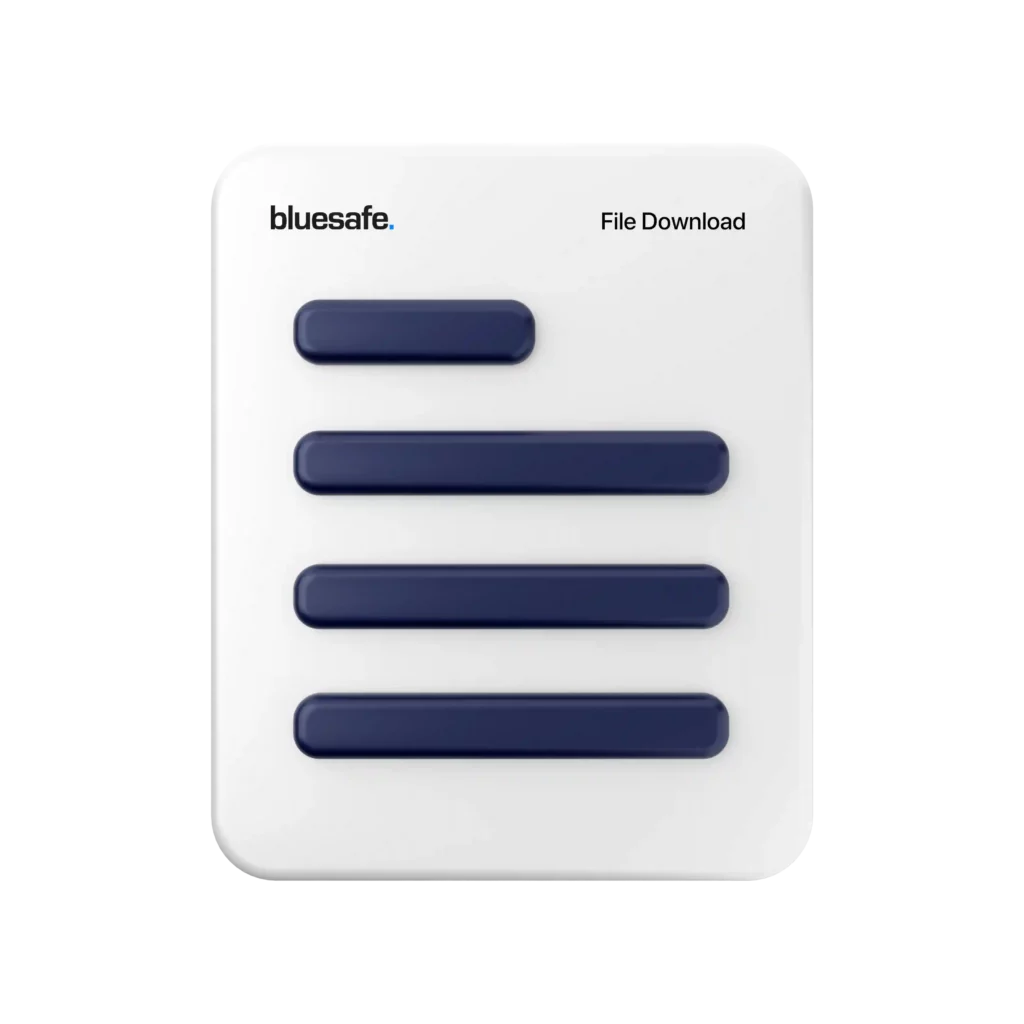
Gary’s Safety Tips
Hey, what’s up guys? Today, we’re going to talk about something that’s really important for all you entrepreneurs out there – Safe Work Method
Statements.Now, I know some of you might be thinking, “Gary, why are we talking about this? It sounds boring!” But trust me, this is something that you absolutely need to know about if you’re running a business that involves any kind of work that has risks.
So, what is a Safe Work Method Statement (SWMS)? Essentially, it’s a document that outlines the steps that need to be taken to complete a particular job or task safely. It’s a legal requirement in many industries, and it’s something that you need to have in place before you start any kind of work that involves hazards or risks.
Now, I know some of you might be thinking, “Oh, I’ll just wing it. I know what I’m doing, I don’t need a SWMS.” But guys, that’s a really dangerous attitude to have. Accidents can happen, and if you’re not properly prepared, you could end up facing some serious legal consequences.
So, let’s talk about what goes into a SWMS. First of all, you need to identify the hazards that are associated with the task at hand. This could be anything from working at heights, to using heavy machinery, to working in confined spaces. Once you’ve identified the hazards, you need to assess the risks – in other words, how likely is it that something could go wrong, and how severe would the consequences be if it did?
Once you’ve done that, you can start thinking about the controls that need to be put in place to mitigate those risks. This could include things like providing personal protective equipment (PPE) to your workers, putting up barriers or signs to prevent access to hazardous areas, or implementing safe work procedures to reduce the risk of accidents.
It’s important to note that different tasks will require different controls. For example, if you’re working at heights, you might need to use harnesses and fall arrest systems to prevent falls. If you’re working with chemicals, you might need to provide gloves and other PPE to protect your workers from exposure.
Once you’ve identified the hazards, assessed the risks, and determined the controls that need to be put in place, you can start putting together your SWMS. This should include a detailed description of the task or job, the hazards and risks associated with it, and the controls that will be put in place to mitigate those risks.
It’s also important to remember that a SWMS is a living document – in other words, it should be regularly reviewed and updated as necessary. If you make any changes to the job or task, you’ll need to update the SWMS accordingly to ensure that it remains relevant and effective.
Now, I know some of you might be thinking, “This all sounds like a lot of work. Can’t I just skip it?” But guys, trust me, it’s not worth the risk. If something goes wrong and you don’t have a proper SWMS in place, you could be facing some serious legal consequences. Not to mention the fact that you could be putting your workers in danger.
So, in conclusion, a Safe Work Method Statement is an essential document that you need to have in place if you’re running a business that involves any kind of work that has risks. It outlines the steps that need to be taken to complete a particular job or task safely, and it’s a legal requirement in many industries. So, if you haven’t already, take the time to put together a SWMS for your business. It might seem like a hassle, but it’s a small price to pay for the safety of your workers and the success of your business.
Cheers,

![]()






